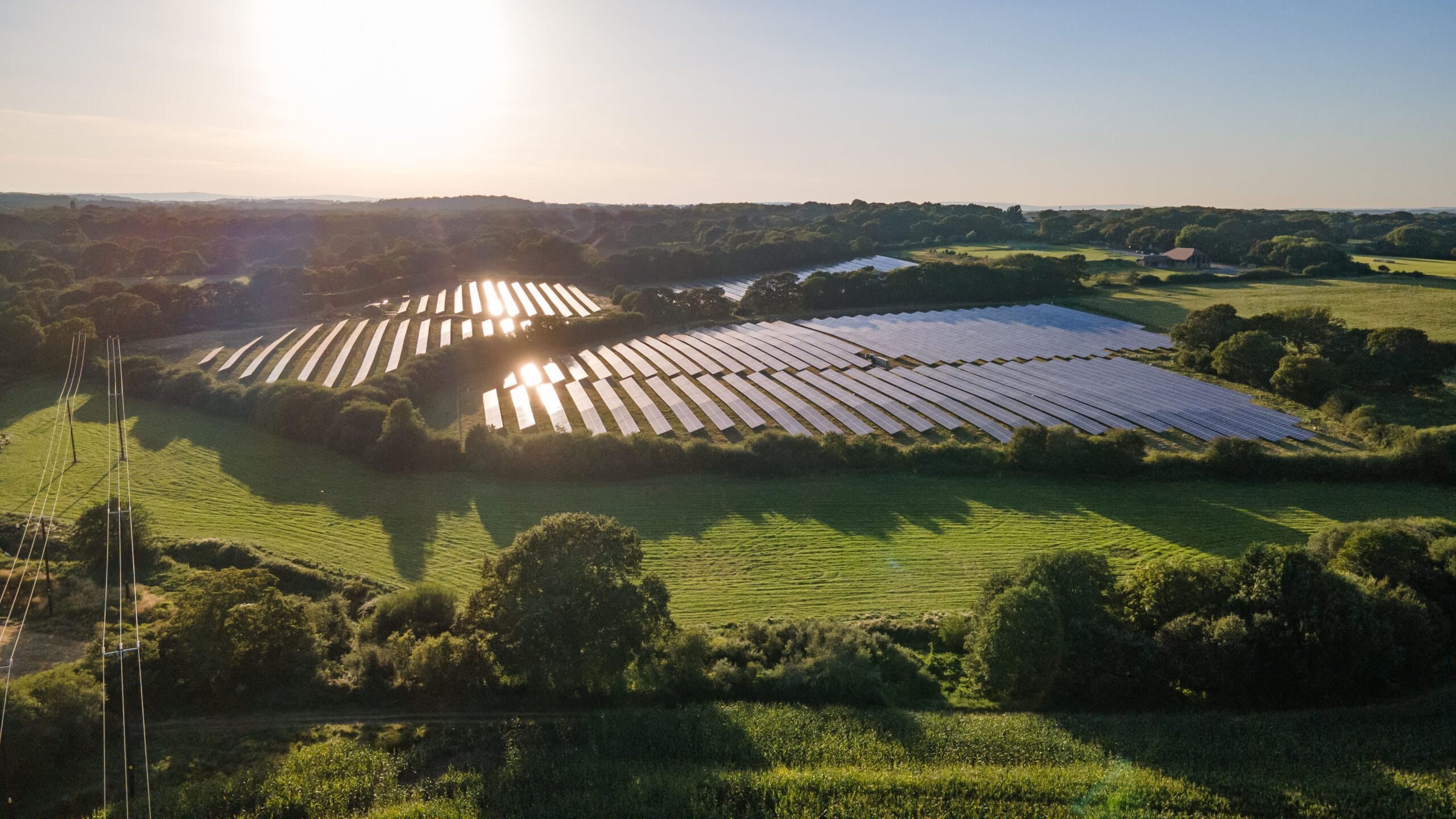Planning and Infrastructure – The Disconnect
One of the hardest parts about securing consent for new development is adhering to planning policy in relation to flooding and drainage, especially the need to create sustainable drainage systems (SuDS). To do so may involve the waiving of rights which naturally accrue to a landowner by purchasing the land. Motion’s Richard Bettridge examines the issues.
A landowner has a basic right to benefit from streams, ditches and drainage outfalls. These rights cannot be taken away, unless acquired illegally, without the owner’s consent, and can only be given up by the landowner. This applies, inter alia, to piped outfalls and connections into sewered systems. Once a connection is made, the accepting party must agree to accept flows which are able to pass through the piped outfall. This may be at odds with flood reduction strategies. Policies which aim to reduce the impact downstream are often in conflict with the rights of landowners.
As a rule, landowners must not make matters worse for downstream properties, but neither do they have an obligation to make things better. It is not always the case that surface runoff should be restricted downstream; for example, in the case of downstream properties that actually relied on water historically.
Catch 22
The easiest way to understand drainage law is to remember that the status quo should be maintained. Much of planning policy is designed to prevent flooding by restricting flows predevelopment, to secure betterment post-development. This is laudable, given the increasing severity of storms due to climate change. But the policy is not useful in situations relating to legal rights.
Secondary legislation designed to provide essential services for developments which have planning consent should act positively to enable that development. The costs of servicing a development are often required prior to an application, but these should not be a matter for planning in its strictest sense. But, if viability assessments are required to prioritise sites and deal with planning contributions, the costs of servicing will come into play. However, the ability for a development to be serviced or otherwise could be dealt with following consent.
This ‘Catch 22’ situation traps the applicant into securing consent for development by obtaining commitments from those who enable it to be served by providing necessary infrastructure. Yet the obligation on statutory undertakers normally only bites when consent is awarded. Perhaps a more cooperative approach to providing infrastructure is needed to deal with the difficult job of securing homes and industry in a cost-effective and timely fashion.
Email rbettridge@motion.co.uk with your views on how to address this issue.
This article first appeared in the Winter 2017/18 issue of Insight.



